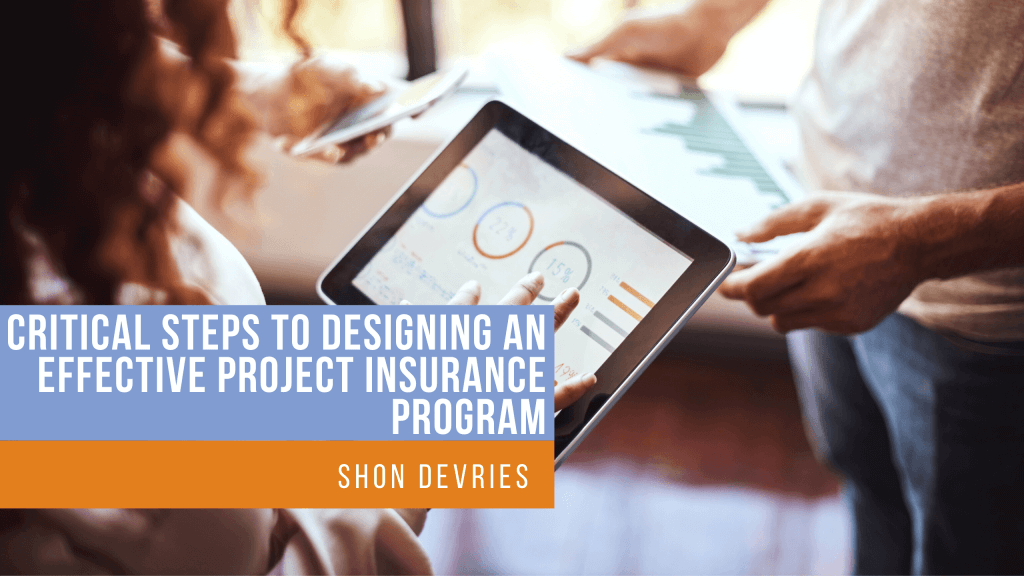Propel provides innovative insurance solutions to thousands of companies across the country. We make it our business to know your world inside and out.
Construction, Public Entities
Critical Steps to Designing an Effective Project Insurance Program
Since every construction project is a unique mix of design features, contracting terms, project participants and site conditions, it stands to reason that each individual project has a unique set of risks.
While insurance is a key risk management tool that supports projects to be financed and built, there is no “one-size-fits-all” insurance structure that can be applied to all projects. There are five important steps that should be taken prior to the start of a project, which will help determine the “best fit” insurance program. While these steps are most often applied to large complex projects, following the general procedures can be very helpful in designing cost effective insurance for projects of all sizes.
Step 1: Risk Inventory and Assessment
There are a wide variety of risk assessment practices in use today in the construction industry. While some are more effective than others, the following best practices should be considered. Include a broad spectrum of project stakeholders (owner, design team, attorneys, lenders, contractor and key subcontractors) in an open discussion about project risks. Develop a risk inventory and a preliminary plan to monitor and manage the highest priority risks (such as whether to insure, control or transfer). Update the risk assessment and risk register at key project milestones to address changes in planned versus built conditions.
Step 2: Risk Allocation and Ownership
The next important step after identifying and assessing risk is to determine a plan for how to allocate risks based upon who is in the best position to “own” each risk. The planned intent of risk ownership may ultimately vary from the applied system based on commercial considerations (whether the expected “risk owner” is willing to accept the risk for a reasonable cost), design evolution (whether risks can be designed out in the final plan), and other external factors (permitting agencies, lenders, equipment suppliers, etc.). However, a reasonable plan for risk ownership will enable the development of contracts, insurance programs, and contingency budgets.
Step 3: Insurance Program Design, Feasibility Analysis and Budgeting
Before procurement specifications are released for project bids, it is essential to design an insurance program so that minimum coverage requirements can be communicated to bidders. The insurance program should be designed with the help of a qualified insurance professional who understands the current market environment and the specific type of construction. The project team should structure a project insurance plan that is designed to effectively cover the risks identified in the risk assessment and that is comprised of policies commercially available for project participants.
This is the time to begin considering options for alternative insurance program structure – such as Owner-Controlled Insurance Program (OCIP), Contractor-Controlled Insurance Program (CCIP), or other project specific insurance (environmental liability, professional liability, etc.). Emphasis at this stage should be on specifying the coverage needed to protect the project – not on who should provide the coverage, which will be determined through procurement and negotiation.
Just as project teams will develop engineer’s estimate of project cost for the selected project design, they should also have a designed insurance program (or range of alternatives) from which to develop an insurance cost estimate. Insurance cost estimating can only be done after the design is mature enough (60% or better) to estimate construction cost, schedule, labor and other rating factors. The insurance cost estimate should also consider retained loss costs from expected deductibles or self-insured retentions within the insurance program structure. The estimated insurance cost range developed at this stage will form the baseline from which to compare bid results for insurance.
Step 4: Contract Formation and Procurement
All too often, boilerplate general conditions are used in the procurement documents without a planned approach to risk identification, risk allocation, and a unique insurance program design. This results in bidders presenting a wide range of alternatives when there is limited time to consider them and incomplete information to maximize their benefit.
If the preceding steps have been followed, clear and concise indemnity language can be developed to frame the risk allocation strategy. Insurance requirements can then be carefully crafted to match coverage required to fund the indemnity obligations of the parties. After taking the steps to design and price an insurance program, bidders can be instructed on how to propose alternatives that can be compared to budget estimates for insurance. The insurance procurement strategy should coordinate with the overall procurement strategy, but can allow for bidders to “value engineer” the insurance requirements for unique, lower cost alternatives. This avoids a barrier to entry for contractors who may not have highly developed insurance facilities. It should be noted that many contractors have sophisticated insurance programs that might enhance their profit but also provide broad coverage for the project – a “win-win” situation.
Step 5: Program Negotiation and Final Structure
If bid alternatives have been solicited, proposals need to be carefully considered. Even in the case of a sole-source, negotiated project, the contractor is likely to propose insurance alternatives on complex projects. Cost is only one item to consider when reviewing proposed insurance alternatives.
For very large projects with better than average risk management practices that can be demonstrated to the insurance marketplace, both OCIP and CCIP are viable alternatives. However, owners who are building a single project may not be able to obtain an OCIP that is superior (in terms of cost, coverage and other factors) to a contractor with a mature, portfolio-based CCIP. Conversely, an owner who plans to build several projects might be able to structure an OCIP that is better than a CCIP implemented for the first time by a contractor. For this reason and the considerations above, a flexible procurement process that allows for innovative proposals often yields the best results. Finally, advice from qualified and experienced insurance professional is essential in developing and evaluating the best insurance program for the project.

Shon DeVries
Alternative programs, innovative solutions, detailed advice, collaborative process…not always the phrases associated with public entity insurance and risk management for major construction projects. Yet these are the tools Shon uses every day at Propel to help make his clients more successful. As a 25-year veteran of the insurance and risk management industry, Shon has benefited from his experience addressing risk from many different angles.
More about Shon...


